The Role of Manual Osteopathic Therapy in Treating Chronic Conditions
Written by: Melissa Pateman
Chronic conditions, whether related to musculoskeletal issues, digestive problems, or general systemic imbalances, can significantly impair quality of life. For many, finding effective, long-lasting relief can be a challenge, leading them to explore various treatment options. One such approach gaining attention is **Manual Osteopathic Therapy (MOT)**, a holistic and hands-on treatment that emphasizes the body’s natural ability to heal itself. But what exactly is MOT, and how does it help with chronic conditions?
What is Manual Osteopathic Therapy?
Manual Osteopathic Therapy (MOT) is a non-invasive, hands-on treatment that focuses on improving overall body function by treating the structure of the body—muscles, joints, ligaments, and connective tissues. Unlike traditional osteopathy, which often includes the use of medication or surgery, MOT is purely manual, relying on skilled touch and movement to address dysfunctions in the body.
Osteopathic therapists use a variety of techniques, including:
Soft tissue manipulation
Joint mobilization
Myofascial release
Craniosacral therapy
Visceral manipulation (working with internal organs)
These techniques aim to restore balance to the body’s musculoskeletal, circulatory, and nervous systems. By targeting the root causes of dysfunction, rather than just the symptoms, MOT helps promote long-term health and healing.
How MOT Helps Treat Chronic Conditions
Chronic conditions—those that persist for months or even years—often require more than just symptom management. MOT addresses the underlying issues contributing to chronic pain, stiffness, or imbalance. Here’s how it plays a role in treating some common chronic conditions:
1. Chronic Pain
Whether it’s from arthritis, fibromyalgia, or lower back pain, chronic pain can significantly affect daily life. Manual osteopathic therapy can:
Improve joint mobility: By gently mobilizing stiff or restricted joints, MOT helps reduce pain and increase range of motion.
Enhance circulation: Improved blood flow helps nourish tissues, flush out toxins, and reduce inflammation—key factors in pain management.
Relax tight muscles: Soft tissue manipulation and myofascial release can relieve muscle tension that often contributes to chronic pain.
2. Migraines and Headaches
Chronic migraines and headaches are often linked to tension in the neck and shoulders, poor posture, or cranial imbalances. Through craniosacral therapy and soft tissue manipulation, osteopathic therapists can relieve pressure and improve alignment in these areas, reducing the frequency and intensity of headaches. Additionally, improving blood and cerebrospinal fluid flow can alleviate neurological symptoms associated with migraines.
3. Digestive Issues
Conditions like irritable bowel syndrome (IBS), acid reflux, or constipation are often treated through medication, but MOT offers a different approach. Visceral manipulation, a key technique in osteopathy, involves gentle manipulation of the organs to improve their function and mobility. By enhancing the movement of organs like the stomach, liver, and intestines, therapists can help alleviate digestive discomfort and promote better overall gut health.
4. Chronic Fatigue and Fibromyalgia
Fibromyalgia and chronic fatigue syndrome (CFS) are complex conditions characterized by widespread pain, fatigue, and often a sensitivity to touch. MOT can provide relief by:
Reducing muscle tension and stiffness: Soft tissue manipulation helps improve muscle function and relieve pain.
Boosting circulation and lymphatic flow:Improved circulation helps bring oxygen and nutrients to tissues, promoting energy and reducing fatigue.
Balancing the nervous system:Techniques like craniosacral therapy help calm the nervous system, which can reduce overall pain and improve sleep quality, both of which are vital for fibromyalgia and CFS patients.
5. Chronic Postural Problems
Poor posture—whether due to lifestyle factors like prolonged sitting or past injuries—can lead to chronic musculoskeletal issues. MOT targets the alignment and mobility of the spine, muscles, and joints, helping correct imbalances caused by poor posture. Over time, this can relieve associated pain and discomfort, while also preventing future problems.
The Holistic Approach to Health
One of the key benefits of Manual Osteopathic Therapy is its holistic approach. Rather than just treating a specific symptom or area of pain, osteopathic therapists view the body as an interconnected system. For example, chronic lower back pain may actually stem from pelvic misalignment or a digestive issue affecting the lower abdomen. By addressing these underlying issues, MOT can provide more comprehensive and lasting relief than treatments that focus solely on pain relief.
This approach is especially important for chronic conditions, which often have multiple contributing factors. For instance, stress, poor posture, and inflammation can all exacerbate chronic back pain. MOT helps restore balance to the entire body, ensuring that all factors contributing to the condition are addressed.
Why Consider Manual Osteopathic Therapy?
For those dealing with chronic conditions, especially when traditional treatments have fallen short, Manual Osteopathic Therapy offers a safe, natural alternative. Its benefits include:
Non-invasive treatment: No drugs or surgery are involved, making it a low-risk option.
Personalized care: Every treatment plan is tailored to the individual’s needs, ensuring the best possible outcome.
Long-term relief: By addressing the root cause of issues, MOT often leads to more sustained results compared to treatments that only manage symptoms.
Manual Osteopathic Therapy is becoming an increasingly popular choice for those seeking relief from chronic conditions. With its focus on holistic healing, improving body function, and addressing underlying dysfunctions, MOT provides a pathway to improved health and quality of life. Whether dealing with chronic pain, headaches, digestive issues, or other long-term health problems, this therapy offers a comprehensive approach to healing that supports the body’s natural ability to recover and thrive.
By seeking out a qualified osteopathic therapist, individuals suffering from chronic conditions can explore a non-invasive, drug-free approach to managing and potentially resolving their health concerns.

